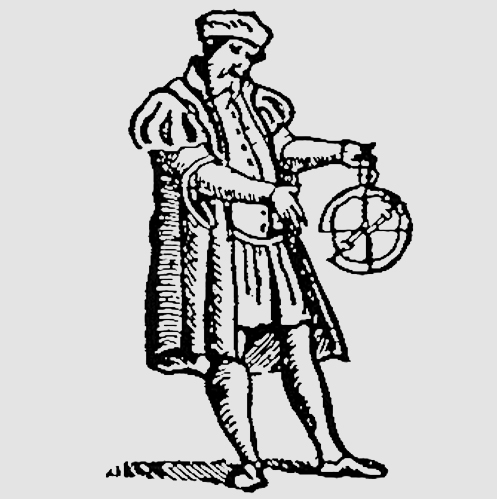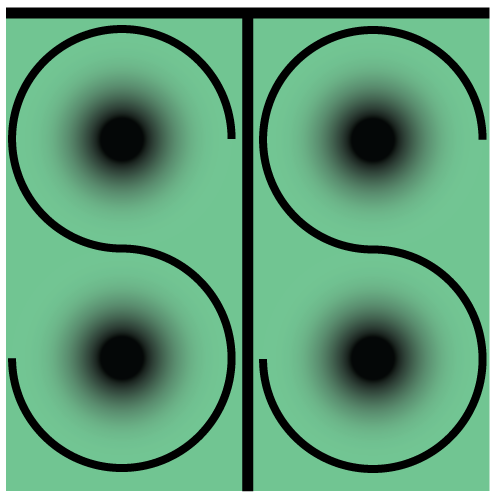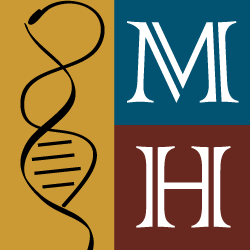Date/Time
Wednesday
6 Mar 2019
6:00 pm - 7:30 pm
Location
470 Stephens Hall
Event Type
Talk
Georg Schiemer
Assistant Professor of Philosophy, University of Vienna
This is a joint event with the Working Group in the History and Philosophy of Logic, Mathematics, and Science from the Department of Philosophy.
Structuralism in the philosophy of mathematics is, roughly put, the view that mathematical theories study abstract structures or the structural properties of their subject fields. The position is strongly rooted in modern mathematical practice. In fact, one can understand structuralism as an attempt to come to terms philosophically with a number of wide-ranging methodological transformations in 19th and early 20th century mathematics, related to the rise of modern geometry, number theory, and abstract algebra. The present talk will focus on the geometrical roots of structuralism. Specifically, we will survey some of the key conceptual changes in geometry between 1860 and 1910 that eventually led to a “/structural turn/” in the field. This includes (i) the gradual implementation of model-theoretic techniques in geometrical reasoning, for instance, the focus on duality and transfer principles in projective geometry; (ii) the unification of geometrical theories by algebraic methods, specifically, by the use of transformation groups in Felix Klein’s /Erlangen Program/; and (iii) the successive consolidation of formal axiomatics in work by Hilbert and others.
Additional sponsorship comes from: CSTMS • Department of Philosophy




